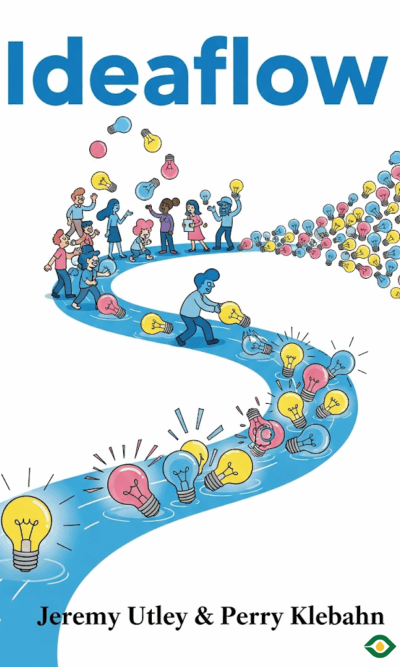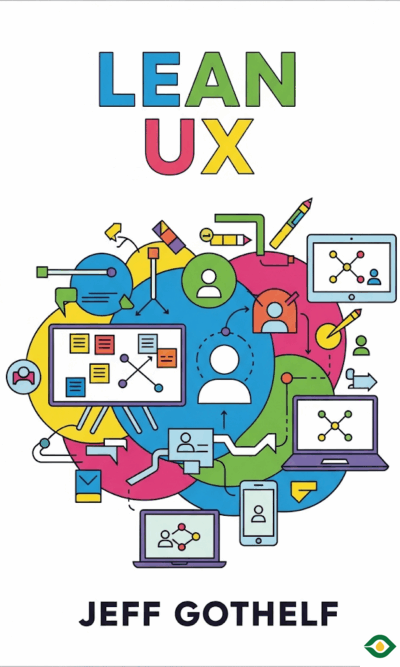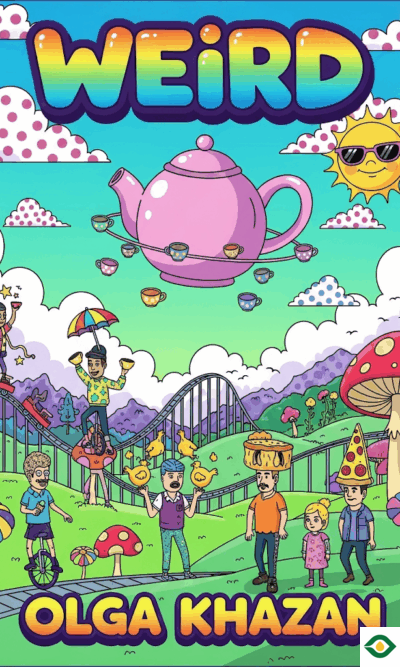Description
Life often feels like a series of challenges. We start with energy and excitement, but somewhere along the way, we stumble. A difficult project, a personal struggle, or even a community problem can suddenly feel too big, and our motivation disappears. The book Unstoppable Brain explains why this happens, how our brain sometimes tricks us into giving up, and how we can learn to push through.
At the center of this story is a tiny part of the brain called the habenula. It acts like a switch, turning motivation on or off depending on how we interpret success and failure. When we face setbacks, the habenula can overreact, shutting down our drive before we’ve even given ourselves a chance to try again. Understanding this simple truth opens the door to change. Instead of blaming ourselves for feeling stuck, we can learn to work with the way our brain naturally functions.
One of the most damaging patterns we fall into is the obsession with performance. From an early age, society teaches us to value achievement more than experience. A child who loves drawing may suddenly feel pressure when adults start praising only the results rather than the joy of creating. In sports, academics, or careers, people are pushed toward measurable success: trophies, grades, promotions. While this mindset can bring short bursts of achievement, it usually drains happiness in the long run. People begin to tie their self-worth to constant performance, which often leads to burnout, anxiety, or even depression.
The book gives powerful examples of how performance-driven living harms not just individuals but entire systems. In health and fitness, for example, people chase quick results, strict diets, or temporary programs. These might work for a few weeks, but when the old habits return—as they usually do—the sense of failure grows stronger. The brain, reacting through the habenula, makes people feel defeated, and the cycle begins again. True progress comes not from chasing external validation but from reconnecting with intrinsic motivation—doing things because they matter to you, not because others are watching.
Motivation shutdown isn’t just about big life goals. It can strike in small, everyday moments. Imagine preparing for a big interview. You’ve studied, practiced, and planned carefully. Yet, at the last moment, something inside freezes. You can’t move forward, even though you want to. This isn’t laziness or lack of discipline—it’s the habenula stepping in, reacting to the fear of possible failure. The more pressure we put on ourselves, the stronger this shutdown can become.
Sadly, entire industries profit from this loop of failure. The healthcare and diet industries often design programs that give small, temporary wins but ultimately ensure that most people return again and again. Addiction services sometimes follow similar patterns, where people relapse and re-enter costly programs. Even financial systems can be structured around dependency rather than independence. These industries thrive when people keep failing. Recognizing this truth is uncomfortable, but it’s also empowering. Once you see how these systems work, you can choose to step outside them and find healthier, more authentic approaches to change.
So how does lasting transformation actually happen? The brain has two reliable pathways. One is habits, the other is what the book calls Significant Emotional Experiences. Habits are built through repetition until they become automatic, like brushing your teeth or tying your shoes. They save energy because your brain no longer has to think about them. But building real habits takes time—often many months of consistent practice. Old habits never completely disappear; they can resurface during stressful times. That’s why it’s important not to see setbacks as failure. They are simply reminders to return to the new path.
Significant Emotional Experiences, on the other hand, can rewire the brain almost instantly. Traumatic events often create lasting change, but positive experiences can be equally powerful. A moment of deep insight, awe, or joy can leave a permanent imprint, reshaping how you act and think. Both habits and emotional breakthroughs rely on the brain’s ability to adapt, known as neuroplasticity. By working with these natural processes instead of against them, you can create real, lasting transformation.
Another key idea is the importance of flexibility. Instead of rigid plans that break at the first setback, success often comes from experimenting and adjusting. The book uses the example of “MacGyvering”—solving problems creatively with whatever tools are available. Some people, even in difficult circumstances, manage to lose weight, build health, or achieve personal goals by constantly testing small changes. They don’t wait for perfect conditions. They try, fail, adjust, and try again. This mindset, called an iterative approach, allows people to make progress where others get stuck.
For example, one person might start by cutting out just one sugary drink each day. Another might lift soup cans at home instead of waiting until they can afford gym equipment. These may seem like small steps, but they add up. The difference lies not in perfection but persistence. People who adopt this flexible, creative mindset tend to achieve and sustain change because they refuse to let setbacks define them.
This lesson applies beyond individuals. Communities, too, face challenges that can feel overwhelming. A neighborhood fighting against an unwanted industrial project may feel powerless at first. The collective habenula effect makes everyone think resistance is pointless. But when communities reframe setbacks as opportunities to adjust strategies—gathering more voices, finding new communication methods, or rethinking their goals—they can achieve remarkable victories. By choosing to see themselves not as victims but as protectors, groups build resilience and energy for long-term success.
The bigger lesson of Unstoppable Brain is that success is rarely about willpower alone. It’s about understanding how your brain interprets failure, recognizing harmful cultural patterns, and adopting a mindset that thrives on persistence and adaptation. Lasting change does not come from punishing yourself into discipline or chasing endless performance metrics. It comes from small, repeated steps, openness to learning, and the courage to try again after every setback.
When you realize that failure is not the end but part of the process, the habenula loses its power. When you choose flexibility over rigidity, the cycle of discouragement weakens. And when you connect your efforts to genuine purpose and community, motivation becomes stronger than fear.
The human brain is powerful, but it can also mislead us. By learning its patterns and working with them, we can stop getting stuck in endless loops of defeat. Instead, we can build lives of resilience, creativity, and steady growth. That is the essence of becoming unstoppable—not that challenges disappear, but that no challenge can permanently hold you back.





